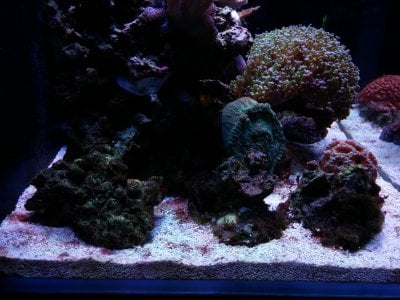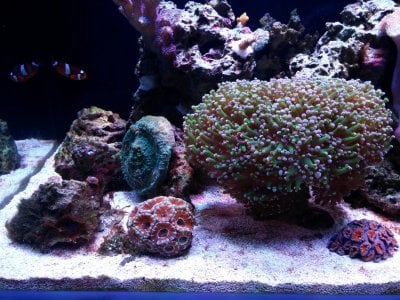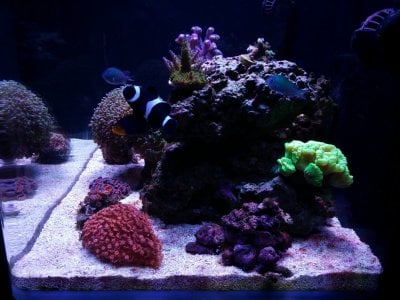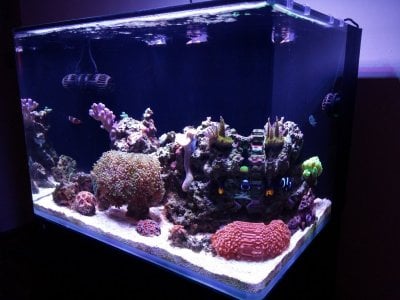- Joined
- Aug 12, 2016
- Messages
- 1,318
- Reaction score
- 939
Turkey baster and gently clear it. Though to be honest snails cope well in the wild during storms.I agree. My only concern and I didn't pay attention, are snails not wanting to do their job with it littered on the rocks. Maybe I should leave it there and see what happens?
Still I personally would move it off the rocks.























